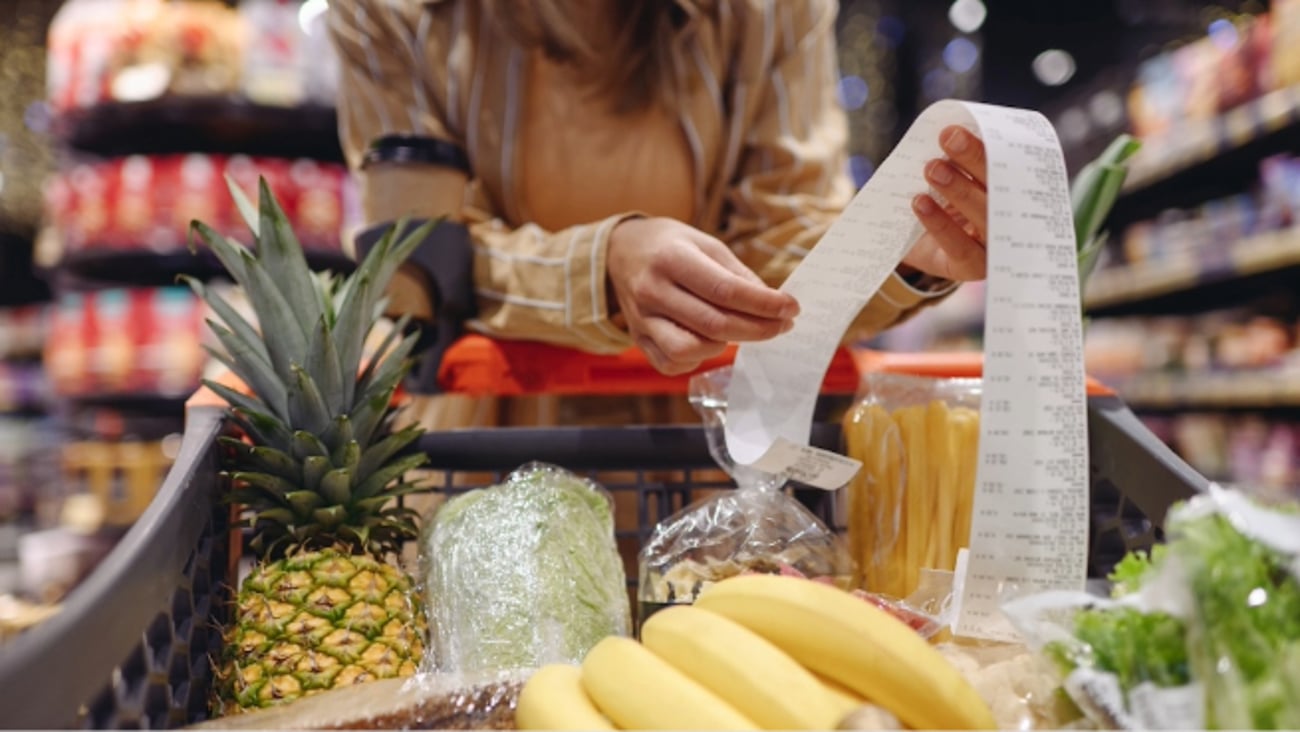Is food inflation higher than Statistics Canada suggests?
If you think food prices are increasing at a much faster pace than what Statistics Canada is suggesting, you're likely right. For a few years now, many Canadians have suspected the federal agency was either underestimating our food inflation rate, or there was a lag between what was going on at the grocery store versus what was reported. We now know a little more about what is currently happening.
BetterCart, a Canadian company that monitors food prices daily across the country, has a slightly different reading of how food inflation is impacting Canadians’ food affordability. BetterCart mines its data from flyers, websites, and other sources to measure the cost of food products. The company has started to compare its data with Statistics Canada’s Consumer Price Index (CPI), which is published every month. In some cases, variances reported by Statistics Canada are higher, but in many cases, they are much lower than what BetterCart is finding.
The investigation is ongoing, but the evidence that suggests Statistics Canada may be underestimating our food inflation rate is mounting. For example, while the CPI report indicates the price of ketchup has dropped by 5.9%, BetterCart suggests ketchup is up by 7.3% since January. Potatoes are 11.5% more expensive than in January versus the 3.7% suggested by the CPI. Frozen French fries are 26.2% more expensive since January, not 5.9%. Bananas, a very popular fruit, are 4.9% more expensive according to BetterCart, not 0.1% more. Butter offers the most shocking difference. BetterCart believes butter in Canada is up a whopping 35.5% compared to the CPI's timid 2.8%. (With the ButterGate scandal in the spring, which revealed how dairy producers were using more palm oil by-products to produce more butterfat, price hikes were expected.)
On its website, Statistics Canada explicitly defines its methodology and how it accounts for its data capture. The federal agency provides details around its process and reporting, but it never discloses what brands it looks at, what stores, or how the data is being processed in Ottawa. Another issue is shrinkflation, which is about shrinking packaging sizes and lesser quantities while retail prices remain intact. While Statistics Canada has a complete website about how it measures the impact of shrinkflation, about 70% of products in its food basket have quantities which no longer exist in the market. BetterCart converted market-based quantities with what is being reported by Statistics Canada’s CPI reports to better appreciate the impact of different packaging formats over time.
That said, such an analysis should not be considered as evidence that Statistics Canada is failing at its job. Statistics Canada has a stellar reputation when measuring macroeconomic metrics to give our policymakers, industry, and consumers a better sense of what's happening around us. Most experts and academics here, and around the world, rely on our federal agency to paint a picture of what's going on. The CPI is likely accurate about many aspects of our economy--durable goods, automobiles, energy, lodging, the list is quite comprehensive.
But food distribution is also becoming more complicated as market dynamics are much more intense than they used to be. Market undercurrents in the food sector may be harder to pick up now than five or 10 years ago. It is so different.
This is obviously an important issue as most social policies in Canada are influenced by authoritative data. That data is always intertwined with science-based decisions in government to set public programs, which are there to offset any negative pressures related to the cost of living in Canada. Currently, Statistics Canada could be underestimating the food inflation rate by at least 1.5%, if not more. A 1.5% increase for an average family of four would represent approximately $180 to $200 worth of food each year.
Statistics Canada’s CPI methodology may not require a complete overhaul, but it certainly needs some tweaking. Since prices are changing more quickly these days, some of the data capturing process needs work and certainly more transparency. Statistics Canada claims it changes its food basket constantly, but it still only monitors baked beans as a vegetable protein-based product. For fish and seafood, canned salmon is basically it. Not quite what Canada’s Food Guide is recommending these days.
In recent years, many Canadians have started to read the CPI with some disbelief, especially when it comes to food prices. Their reality doesn’t reflect what they experience at the grocery store, and that could hurt our federal agency’s reputation over time.




